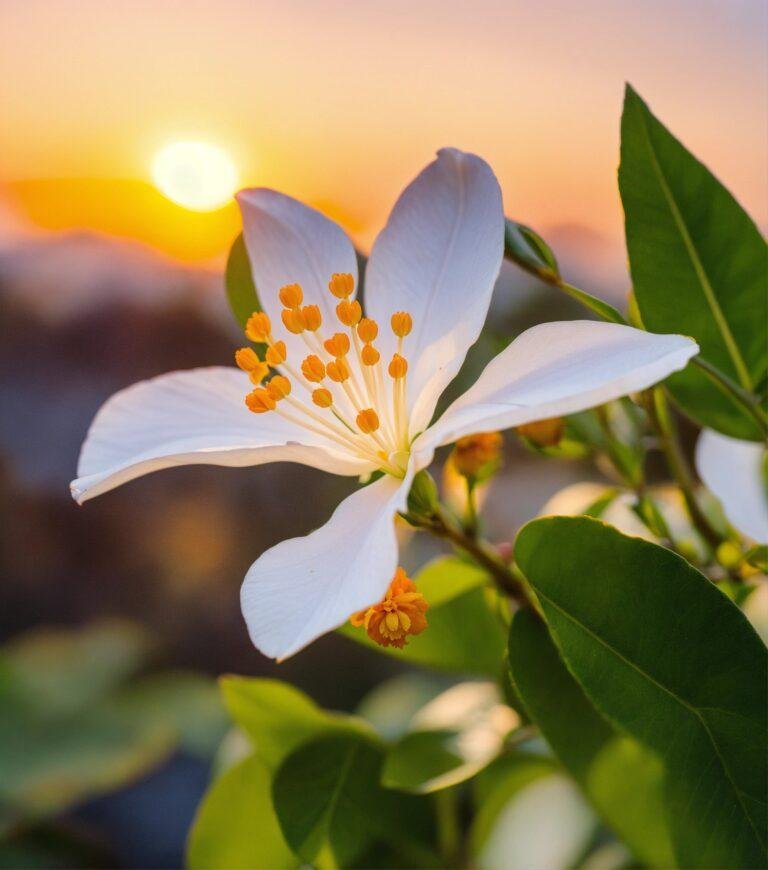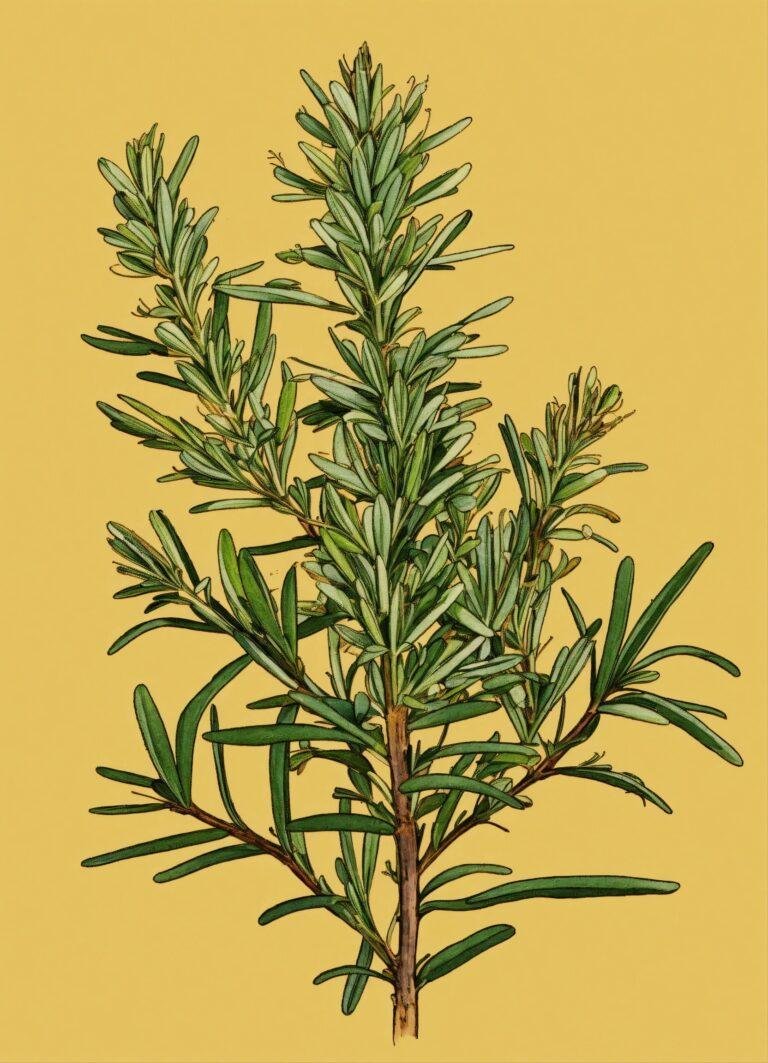Rose Mallow Hibiscus
Table of Contents
When it comes to adding a touch of beauty and elegance to your garden, few plants can rival the stunning rose mallow hibiscus. With its vibrant colors and large, showy flowers, this perennial plant is sure to make a statement in any landscape.
What is Rose Mallow Hibiscus?
Rose mallow hibiscus, scientifically known as Hibiscus moscheutos, is a native North American plant that belongs to the mallow family. It is commonly referred to as rose mallow or swamp rose mallow due to its preference for moist soil conditions.
One of the most striking features of the rose mallow hibiscus is its flowers. These flowers can grow up to 12 inches in diameter and come in a variety of colors, including shades of pink, red, white, and even bi-color combinations. The petals are often ruffled, adding an extra layer of visual interest.
Planting and Care
Planting rose mallow hibiscus is relatively easy, as long as you provide it with the right growing conditions. It thrives in full sun but can tolerate partial shade. The soil should be well-draining and consistently moist, but not waterlogged.
Before planting, prepare the soil by adding organic matter such as compost or well-rotted manure. This will help improve the soil’s fertility and drainage. Dig a hole that is slightly larger than the plant’s root ball and place the plant in the hole, making sure it is level with the surrounding soil.
Once planted, water the rose mallow hibiscus thoroughly and keep the soil evenly moist. Mulching around the base of the plant can help retain moisture and suppress weed growth. Fertilize the plant with a balanced, slow-release fertilizer in the spring and mid-summer to promote healthy growth and abundant flowering.
As the plant grows, it may require staking to support its tall stems and prevent them from bending or breaking. Pruning is not necessary, but you can remove any dead or damaged stems to maintain a tidy appearance.
Benefits of Rose Mallow Hibiscus
Aside from its stunning beauty, rose mallow hibiscus offers several benefits to both gardeners and wildlife. Here are a few reasons why you should consider adding this plant to your garden:
1. Attracts Pollinators
The large, showy flowers of the rose mallow hibiscus are a magnet for bees, butterflies, and hummingbirds. By planting this hibiscus variety, you can create a haven for these important pollinators and contribute to the overall health of your local ecosystem.
2. Low Maintenance
Once established, rose mallow hibiscus requires minimal care. It is a hardy perennial that can withstand harsh weather conditions and is relatively pest and disease resistant. This makes it a great choice for gardeners who want a low-maintenance plant that still delivers a big impact.
3. Extended Blooming Period
The rose mallow hibiscus has a long blooming period, typically from mid-summer to early fall. This means you can enjoy its beautiful flowers for several months, adding color and interest to your garden when many other plants have finished blooming.
4. Erosion Control
Due to its preference for moist soil conditions, rose mallow hibiscus can be an effective erosion control plant. Its extensive root system helps stabilize the soil and prevent erosion, making it a valuable addition to gardens located on slopes or near bodies of water.
In Conclusion
Rose mallow hibiscus is a stunning and versatile plant that can bring beauty and benefits to any garden. Its large, colorful flowers, low maintenance requirements, and ability to attract pollinators make it a popular choice among gardeners. Whether you have a small backyard garden or a larger landscape, consider adding the beauty of rose mallow hibiscus to your outdoor space.
- Do Deer Eat Tomato Plants?
- How to Plant Wildflower Seeds
- What Plants Don’t Like Coffee Grounds
- How to Propagate Jade Plant
- Are Snake Plants Toxic to Cats?

Discover more from Gardening with Ecorganicas: Your Source for Organic Gardening Tips
Subscribe to get the latest posts sent to your email.








